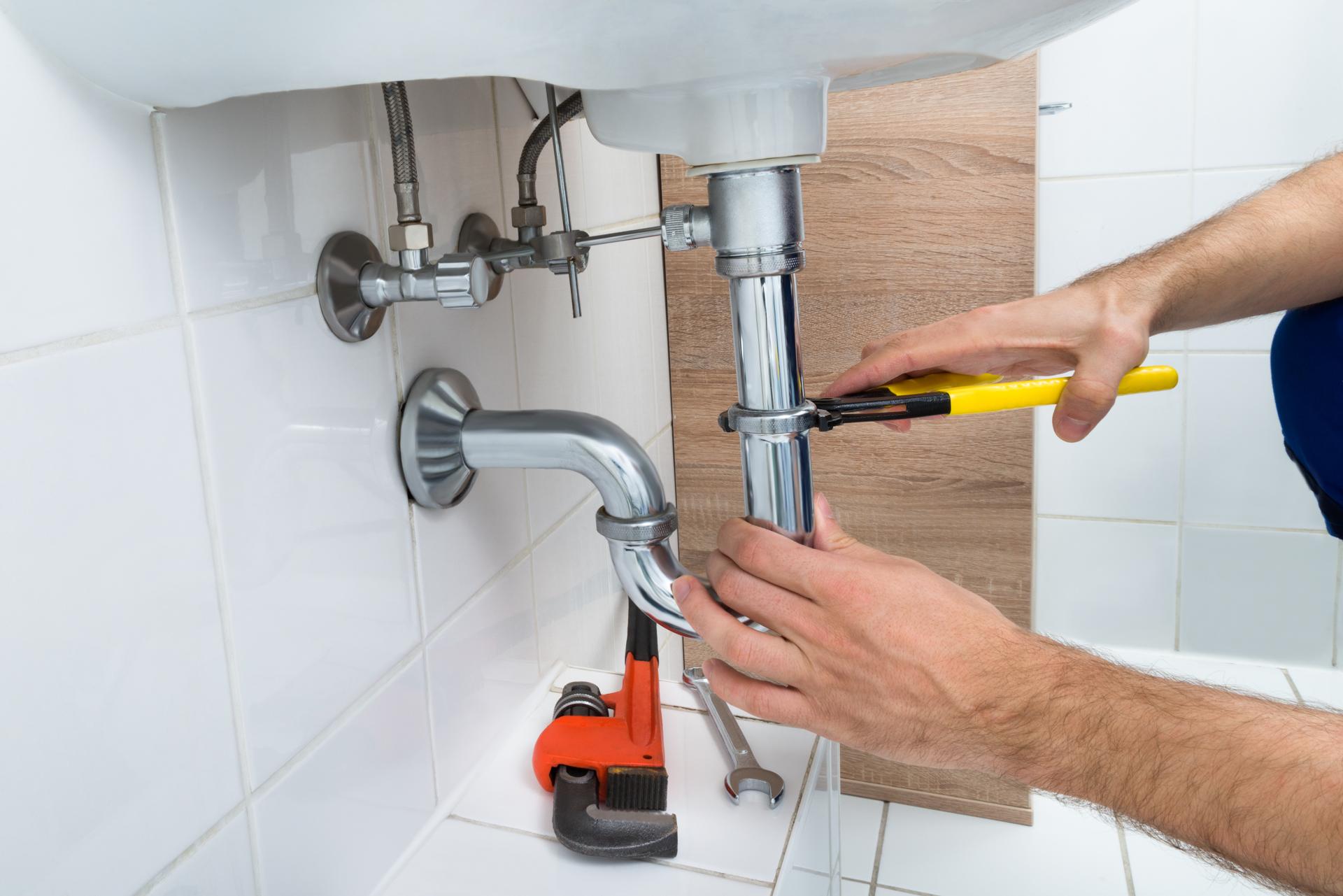When to Replace Plumbing and What You Should Anticipate and What You Need to Know

Plumbing is an essential component of every home that provides us with clean water for drinking, cooking, and cleaning, as as a way to dispose of waste. But, just like every other system in your home, plumbing will eventually wear out and require replacement.
Being aware of when it’s time upgrade your plumbing essential to prevent costly repairs and avoid potential health hazards. This article will go over the indicators that show your plumbing needs to be replaced, the factors to take into consideration before replacing your plumbing, the plumbing replacement process as well as the benefits of replacing your plumbing, and an FAQ section to address any concerns you may have.
There are signs that it’s time to Replace Your Plumbing
There are several common signs that indicate your plumbing is in need of being replaced, for example: Leaks When you notice the presence of water stains or puddles on your home, it’s likely to be a indication of a leak in your plumbing. Leaks can cause significant structural damage to your home and lead to mold growth, so it’s essential to fix them immediately. Rusty pipes a clear indication that your plumbing is in need of be repaired or replaced. Rust could contaminate your water supply and make it unsafe to drink or cook with. Low pressure in the water: If your showerheads and faucets produce low flow of water It’s an indication of low water pressure that can be caused by blocked pipes or corroded pipes. Water discoloration: Water that is discolored like brown or yellow, is an indication of sediment or rust buildup in your pipes. This could affect the flavor and quality of your water and may be a sign of the need for a plumbing repair.
Factors to Consider Before Replacing the plumbing
Before replacing your plumbing, there are a variety of factors to consider, including the age of your plumbing system: Plumbing systems are designed to last about 50 years. So when your house is older than that, it’s probably time for a replacement. Cost of replacement replacing your plumbing could be costly, which is why it’s important to budget for this expense. The severity of the plumbing issue If the plumbing problems are serious and affect multiple areas of your house replacing it could be the best choice.
What can you expect during the Plumbing Replacement Process
The replacement of plumbing requires many steps, such as closing off water flow Your plumber will have to turn off the water supply to your residence to prevent water damage or leaks. Remove old pipes Old pipes need to be removed. This may require cutting into floors or walls. Installation of new pipes New pipes are installed, which may require rerouting to ensure proper water flow. The timeline for the plumbing replacement process will depend on the dimensions of your house and the difficulty of the task. The homeowners can anticipate some disruption throughout the process, such as water shut-offs as well as destruction to floors and walls.
Benefits of replacing plumbing
The replacement of your plumbing has many advantages, such as: Increased water efficiency new plumbing pipes and fixtures have higher efficiency, reducing your water usage and lowering the cost of your utilities. Better water quality: Replacing old, corroded pipes with new ones can improve the water quality and make it safe for drinking and cooking. Lower risk of plumbing problems The new plumbing will be less likely to create leaks or clogs, reducing the need for expensive repairs in the future.
Conclusion
Removing your plumbing is an expensive purchase, but it’s vital for your home’s security and peace of mind. By understanding the signs that indicate your plumbing needs replacement, taking into consideration the elements that influence replacement and knowing what you can anticipate during the replacement process, you’ll be able to make an informed decision regarding the plumbing of your home. Be aware that replacing your plumbing will provide many advantages, including improved efficiency in water use, improved water quality, and reduced chance of developing future plumbing issues.
FAQ Section
How much does it cost to replace the plumbing?
The cost to replace your plumbing will be contingent on a variety of factors, including the size of your home as well as the complexity of the job, and the type of materials employed. In the average, homeowners should expect to shell out between $5,000 and $10,000 for a whole-house plumbing replacement.
How long will it take to replace plumbing?
The time frame for plumbing replacement will depend in the area of the home and the difficulty of the work. In general, a complete plumbing replacement could take from two to four weeks.
Do I need to change my plumbing system if there is an issue with my plumbing?
If you have a single leak in your plumbing, it might not require a full replacement. If you’re experiencing multiple leaks or notice other signs of plumbing problems, replacing could be the best choice.
Can I replace my plumbing on my own?
The replacement of your plumbing can be a difficult task that should be left to the expertise of a qualified plumber. Attempting to replace your plumbing yourself can result in costly errors as well as safety hazards.
What type of pipes do I need to use to replace my plumbing?
There are many types of pipes available for plumbing replacement, including copper, PVC, and PEX. Your plumber can suggest the most appropriate kind of pipe based on your specific needs and budget. The conclusion is that the replacement of your plumbing system is an important choice that must be taken with careful consideration. By understanding the signs that indicate your plumbing needs to be replaced, considering the factors before replacement and knowing what to expect during the replacement process, you will be able to make an informed decision regarding the plumbing in your home. A qualified plumber can help to guide you throughout the entire process to ensure a successful and efficient plumbing replacement.
